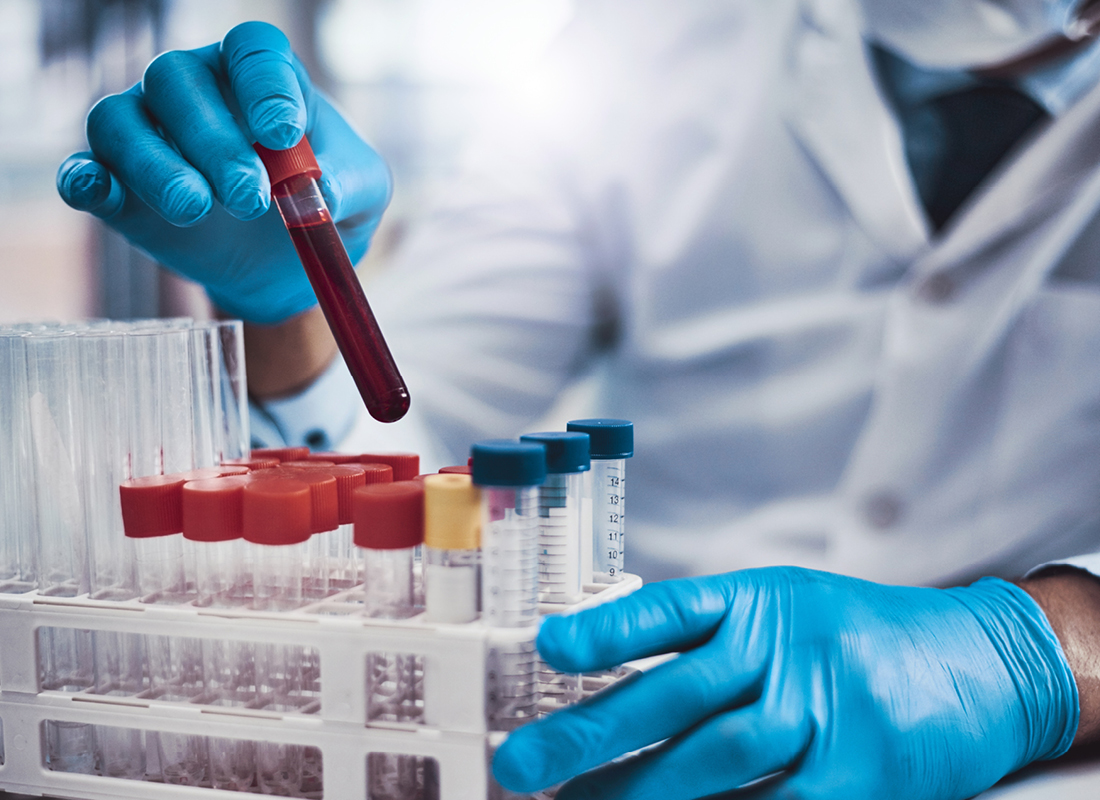Can a Blood Test Quantify Pain?
From - Diagnostic Testing & Emerging Technologies A new test could help clinicians objectively measure pain. According to a study published… . . . read more

A new test could help clinicians objectively measure pain. According to a study published Feb. 12 in Molecular Psychiatry, the identified biomarkers can predict pain severity and future emergency department visits for pain, as well as targeted, non-addictive therapy. The authors say that the test holds the potential to help improve diagnosis of pain and offer more treatment options that could alleviate the current opioid epidemic.
It’s very important to have an objective measure of pain, as pain is a subjective sensation,” said lead author Alexander Niculescu, M.D., Ph.D., in a statement. “The rationale for identifying validated and reproducible blood biomarkers is precisely because you cannot directly biopsy brain and spinal centers of pain perception. Blood biomarkers are easily accessible, and constitute a surrogate.”
The study used three independent cohorts of patients with major psychiatric disorders from the Indianapolis VA Medical Center: a discovery cohort, validation cohort, and testing cohort. The discovery cohort longitudinally assessed 28 participants that had at least one diametric change in pain from low pain to high pain using a visual analog scale. Over multiple visits, a total of 79 blood samples were collected for subsequent gene expression microarray analysis.
Researchers prioritized candidate biomarkers, including from the literature, and analyzed the patient data from the discovery cohort, using both an absent-present approach, as well as a differential expression. Top candidates were evaluated in the validation cohort (n = 23) yielding 65 candidate biomarkers and a short list of five markers (MFAP3, PIK3CD, SVEP1, TNFRSF11B, ELAC2) with the best evidence. All of the markers were then evaluated in the test cohort (n = 162).
The researchers found that predictive pain-related gene expression biomarkers were more effective when personalized by gender and diagnosis. For instance, overall CNTN1 was the best predictor for pain state, GBP1 for first year emergency department visits, and GNG7 for all future visits. However, in females, DNAJC18 was the best predictor for state, GBP1 for trait first year emergency department visits, and ASTN2 for tall future visits. But in males, the three most predictive markers were CNTN1, Hs.554262, and MFAP3, respectively. Predictors also varied by diagnosis (e.g., bipolar, post-traumatic stress disorder, and depression). Some of the individual biomarkers are targets of existing drugs, while nearly all have been tied to other psychiatric disorders.
“Our work opens the door for precision medicine for pain, with objective diagnostics and targeted novel therapeutics,” write the authors led by Niculescu, from Indiana University in Indianapolis. “Given the massive negative impact of untreated pain on quality of life, the current lack of objective measures to determine appropriateness of treatment, and the severe addiction gateway potential of existing opioid-based pain medications, the importance of approaches such as ours cannot be overstated.”
Takeaway: Researchers are optimistic that a blood-based test for gene expression will be able to objectively diagnose and improve treatment for pain.
Subscribe to Clinical Diagnostics Insider to view
Start a Free Trial for immediate access to this article